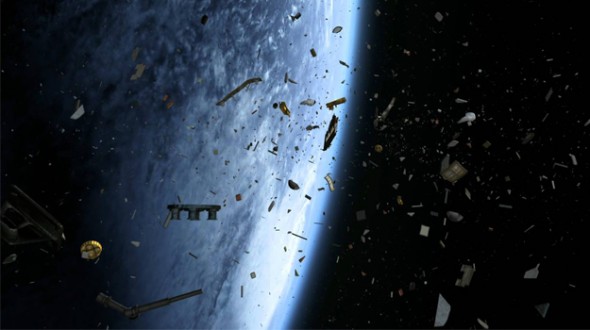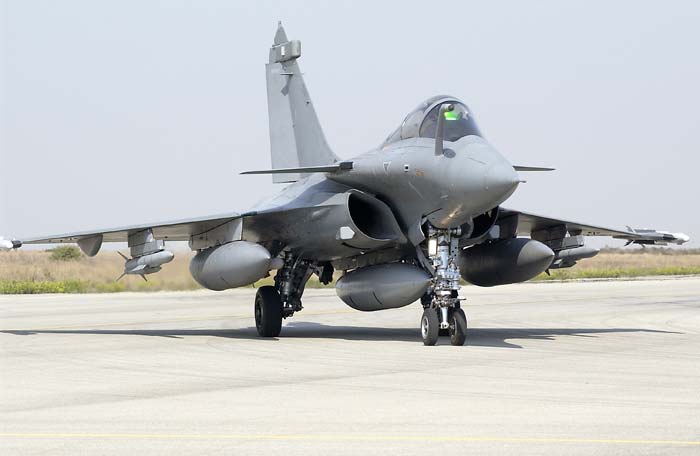
LONDON (PTI): An estimated 100 pieces of debris from a US defence satellite, which recently exploded in orbit, could increase collision risk for other spacecraft and missions, a new research has warned.
On February 3, the Defence Meteorological Satellite Programme (DMSP) F13 satellite exploded in orbit producing over 100 pieces of space debris that were detected using radar.
In assessing how debris created by the explosion might affect their spacecraft, the European Space Agency and other satellite operators concluded that it would pose little risk to their missions.
However, scientists from the University of Southampton investigated the risks to a wide range of space missions, coming from smaller pieces of debris created by the explosion that cannot be detected using radar based on the ground.
In the case of the explosion of DMSP-F13, they detected 100 new catalogued objects, which suggest that more than 50,000 small fragments larger than 1mm were created.
"The fragments from the explosion spread around the Earth forming a band, which can be crossed by spacecraft with orbits that are quite different from the one of DMSP-F13," PhD student Francesca Letizia, who led the research, said.
The team developed a new technique called CiELO (debris Cloud Evolution in Low Orbits) to assess the collision risk to space missions from small-sized debris.
Researchers produced a collision probability map showing a peak in the risk at altitudes just below the location of the DMSP-F13 explosion.
The map was created by treating the debris cloud produced by the explosion as a fluid, whose density changes under the effect of atmospheric drag.
"Treating the fragment band as a fluid allows us to analyse the motion of a large number of fragments very quickly, and much faster than conventional methods," Dr Camilla Colombo, who proposed this idea as a part of a Marie Curie project in the European 7th Framework Programme, said.
"In this way, the presence of small fragments can be easily taken into account to obtain a refined estimation of the collision probability due to an explosion or a collision in space," Colombo said.
"This map can be used with a database of spacecraft or space debris objects to identify the targets that are most exposed," said Francesca.
"For example, in the map we show the top ten spacecraft at risk from the fragments generated by the explosion of DMSP-F13 according to our model. They are mainly US and Russian satellites in sun-synchronous or polar orbits," Francesca added.
 Previous Article
Previous Article Next Article
Next Article













The Indian Air Force, in its flight trials evaluation report submitted before the Defence Ministry l..
view articleAn insight into the Medium Multi-Role Combat Aircraft competition...
view articleSky enthusiasts can now spot the International Space Station (ISS) commanded by Indian-American astr..
view article